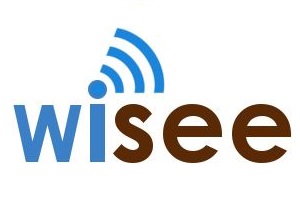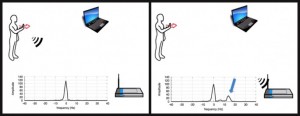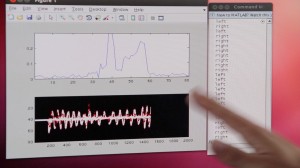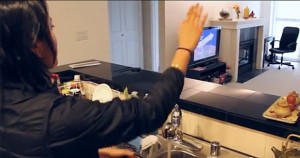

Computer scientists from the University of Washington have developed a gesture recognition technology, dubbed WiSee, the first wireless system that can identify motions through walls and out of sight. Similar to the Xbox Kinect, yet much simpler, cheaper, and not to mention far less limiting. The Kinect functions by a person standing in front of the camera as it recognizes their gestures. WiSee is an intelligent device that needs no camera set up, essentially monitoring all wireless communications from various devices throughout the home.







 Laptop & Tablet Parts
Laptop & Tablet Parts





















One Response to WiSee: Technology Enables WiFi Gesture Recognition in Home Wirelessly